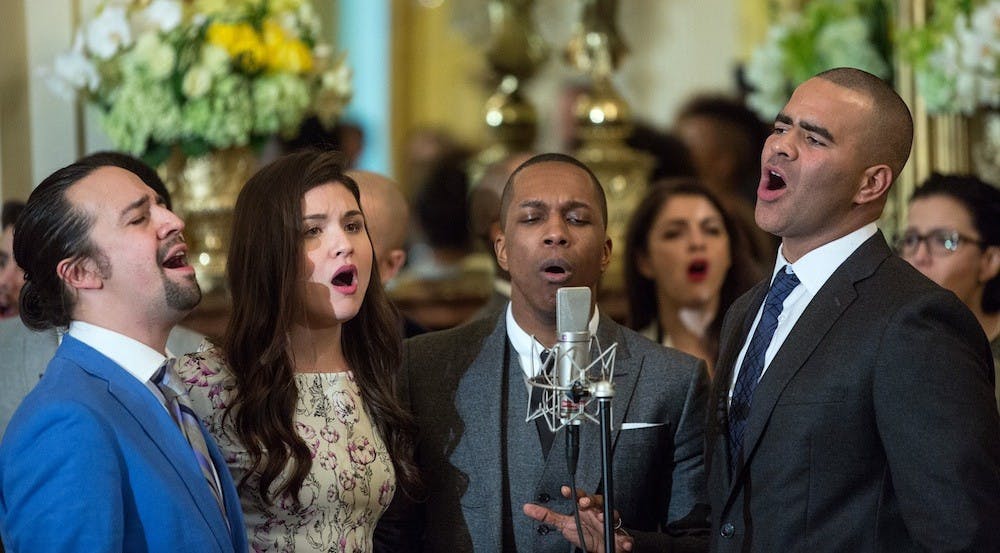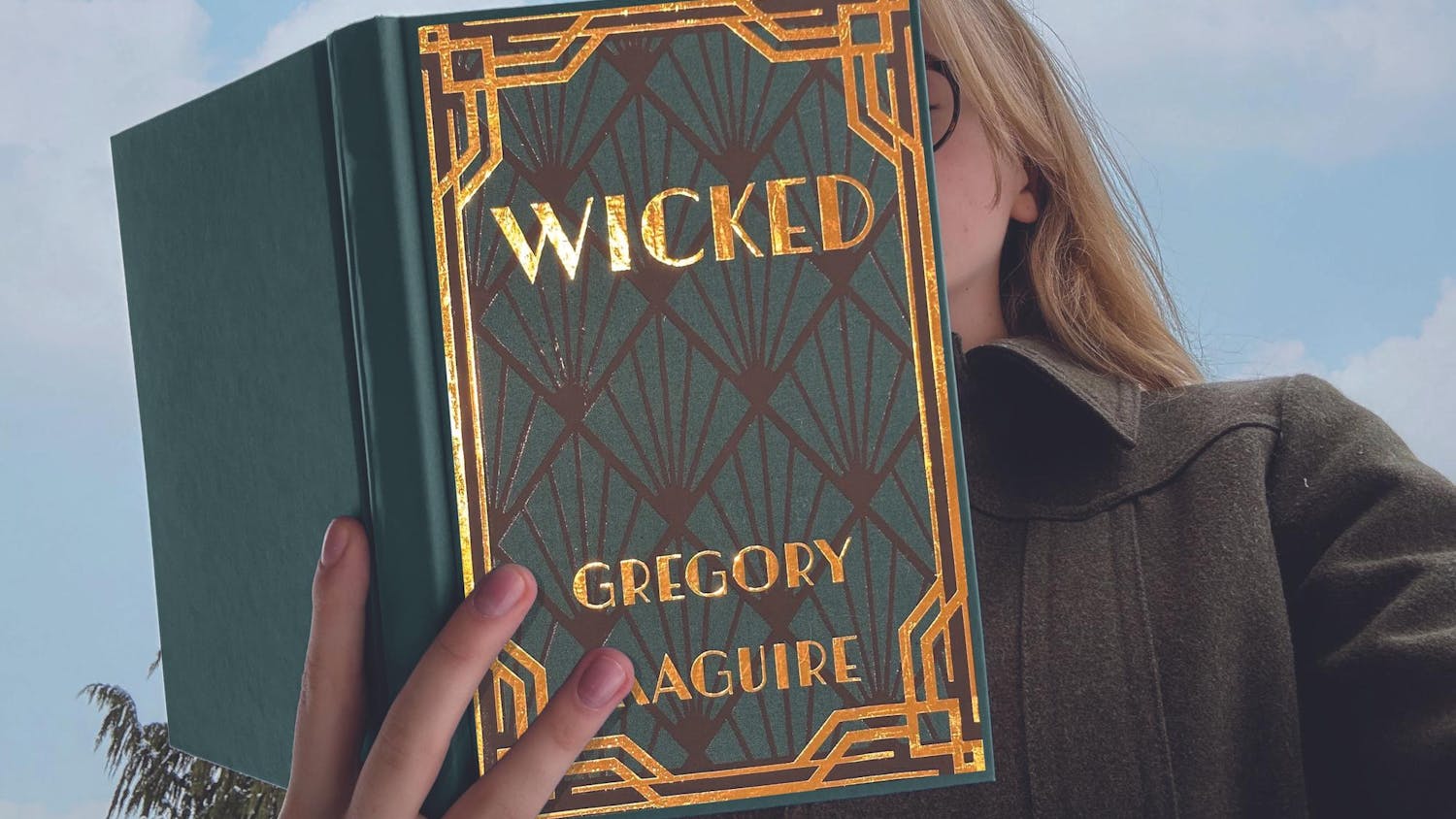Film and TV lack diversity, and it can be seen clearly. Representation in entertainment needs to be addressed.
Movies and TV shows entertain and bring stories to the screen that viewers can relate to. However, it is hard to relate to a character when there are none that the viewer looks like or has a similar background to.
Diversity within entertainment media has been a debate for many years. The casting of predominantly white actors in movies and TV shows to play affluent characters is typically the industry norm. However, that does not do an accurate job of depicting a real life representation of the world.
Lilia Snyder shared that “diversity is a great thing — it adds creativity and a new perspective, along with empathy.”
When we simply see one story or one perspective repeatedly, our worldview and outlook is significantly narrowed. The Huffington post found that out of 362 movies in 2017, only 14 had at least one black lead role and out of 200 shows on 10 different networks, only 8 had a minority in the main cast.
The idea of colorblind casting, or the casting of actors regardless of their skin tone, has been pushed for many years and was first seen in the musical Hamilton. Lin Manuel Miranda casted the musical of white, historical figures as all minorities to show how influential they are throughout the country. Even though he received backlash, it was an incredible step forward.
With the demand for new content on the rise and streaming becoming more popular, the production of movies and TV shows is increasing. While there are more movies to choose from than ever before, the structure and basic plot seems to be the same for a majority of these films or shows, especially in teen dramas.
Nay Chele moved to the United States from Burma when she was eight and talked about how she does not relate much to TV shows and movies because people of color or people from an ethnic background are stereotyped. She wishes that “movies would spread awareness that Asians (and others) are a part of the American culture.” She also shared that she believes that the media and entertainment is doing a better job especially with the inclusion of South Korean culture in “To all the Boys I’ve Loved Before.”
In an attempt to continue to do better, the Oscars have created new guidelines on what movies can be nominated based on their amount of diversity. Variety magazine states the new inclusion standards that films must adhere to. There are two standards: one for “On Screen Representation” and one for “Creative Leadership and Production Teams.”
While it is important to have on screen representation, it is also important that those behind the camera are equally represented even if they aren’t seen. Matthew Neu said “no diversity behind the screen makes you just as racist and doesn’t accomplish the goal of having diversity on screen.”
If you simply have one underrepresented group in an attempt to diversify the cast but make no attempts to carry that same idea to more of the roles or even behind the screen, then the idea of representation has been misinterpreted.
Representation in entertainment and the media needs to be better. The fight for diversity and colorblind casting is far from over.
However, it is important that the attempts to diversify and represent all people in movies and television shows is not just for the sake of saying that there is one character of a different race or background. With representation comes the intent to bring a balanced idea on screen of what our diverse world really looks like.




